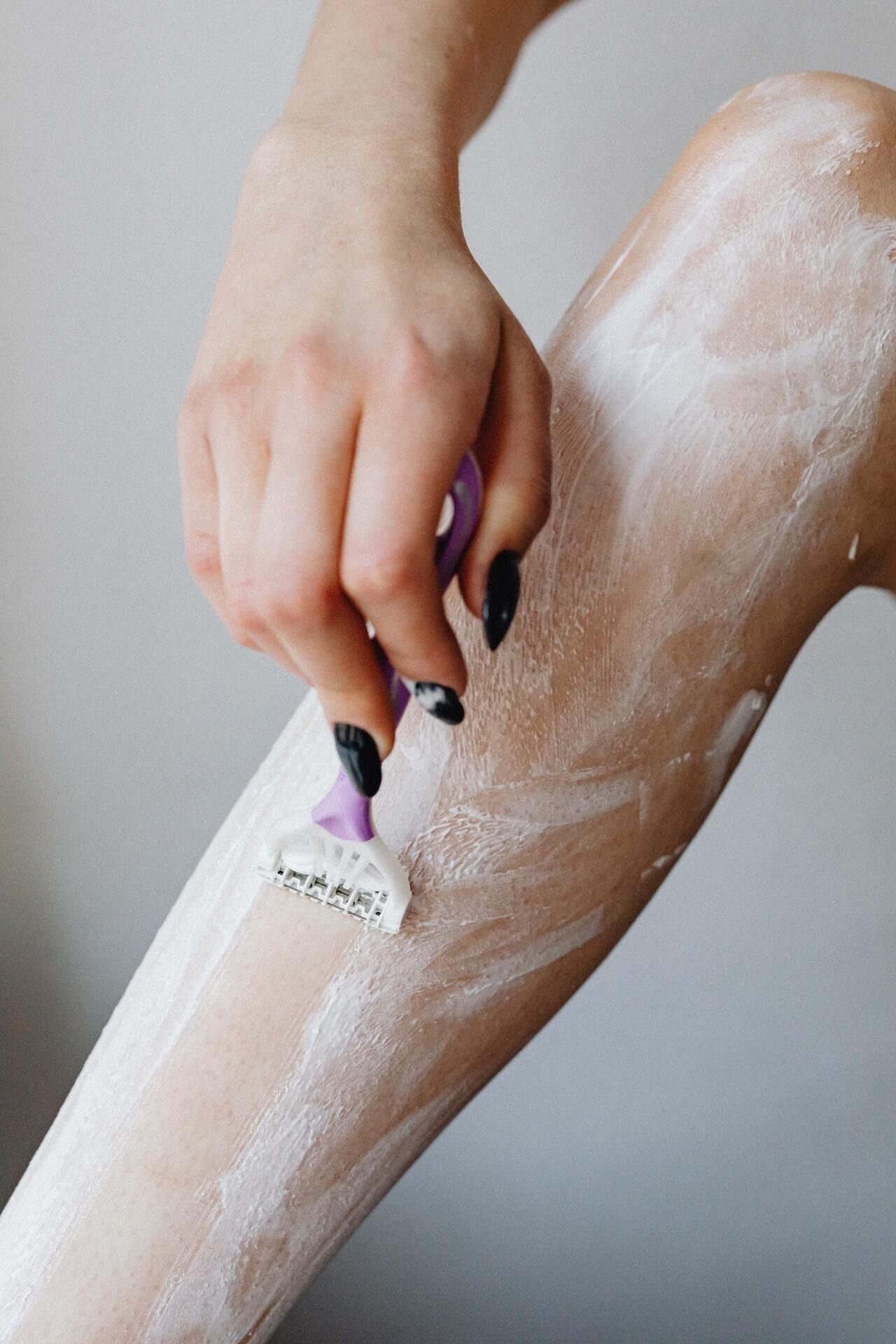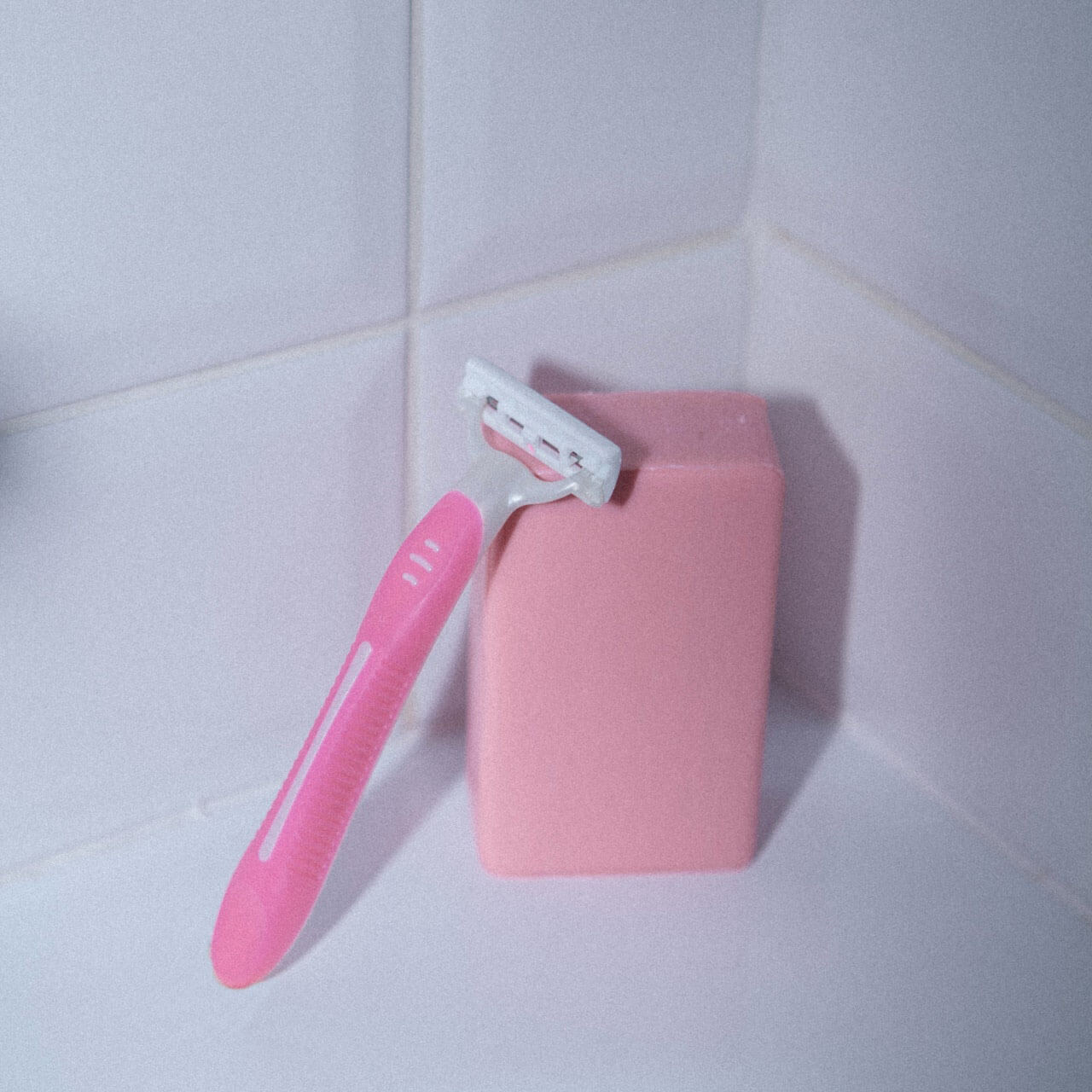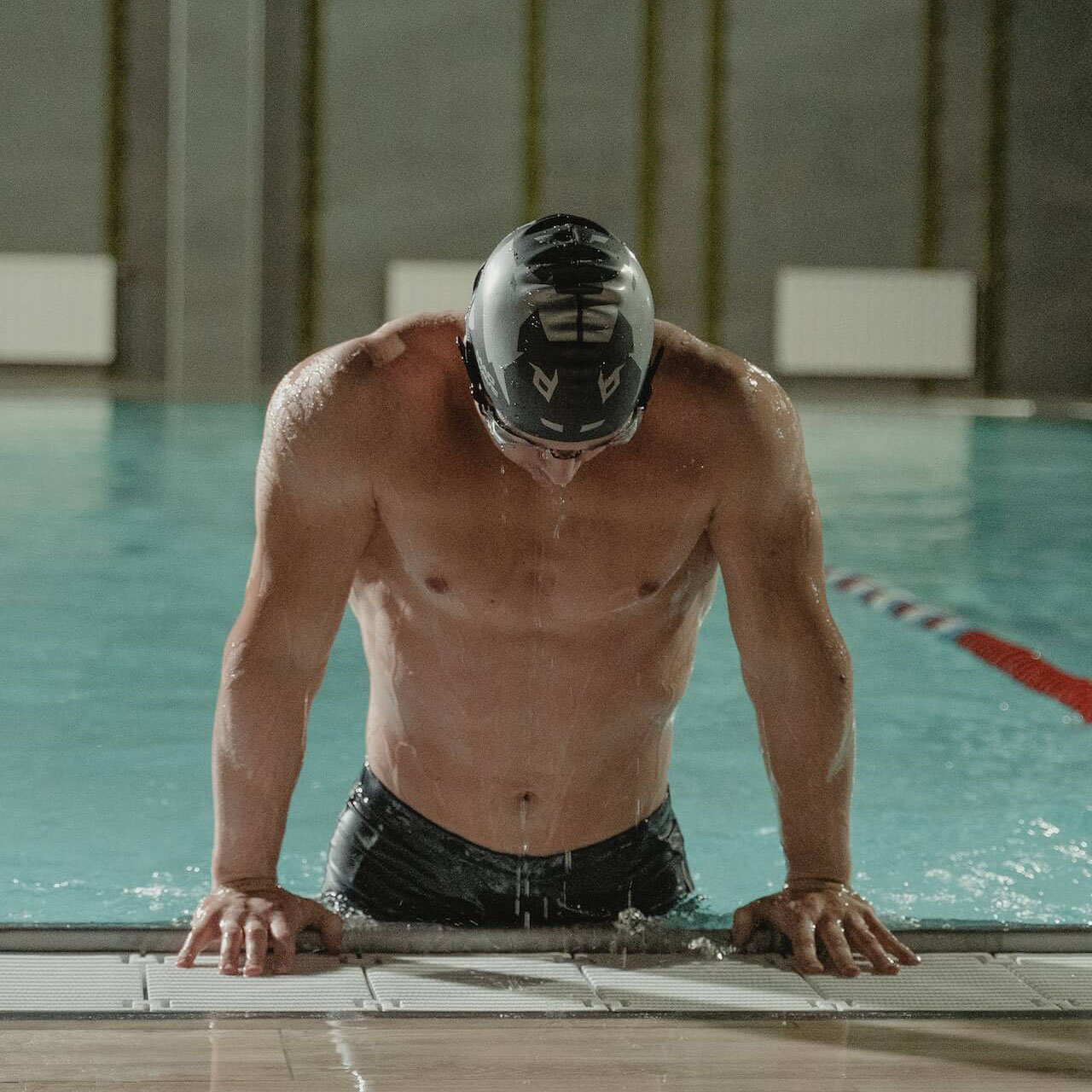In the world of competitive swimming, every millisecond counts. Swimmers go to great lengths to minimize resistance and maximize their speed. One such strategy? Shaving body hair! So how can you shave for swimming without nicking yourself or giving yourself dry skin?

Start by preparing an electric shaver, razor blade, shaving cream, and aftershave products. Soak your skin in warm water to hydrate it, pat it dry, then trim your hair short with an electric razor. Next, apply shaving cream to the stubble, and shave it off using the razor blade. Finish by applying aftershave products to moisturize your skin.
Whether you’re a newbie or an experienced swimmer, this guide will help you understand the ins and outs of shaving for swimming.
Essential Tools for a Smooth Shave
Shaving Tools Every Swimmer Should Have

Here’s what you need for a smooth, close shave:
- Sharp Razors: From disposable razors to safety razors and electric shavers, there’s a wide variety to choose from. You should have at least one electric razor and one safety razor.
- Shaving Cream or Gel: These products make the shave smoother and reduce the risk of skin irritation.
- Aftershave Products: To hydrate the skin and prevent irritation post-shave.
Choosing the Right Shaving Tool for You
Choosing your shaving tools isn’t a one-size-fits-all situation—it depends on your skin sensitivity, budget, and personal preference.
If your skin is sensitive, look for clippers with multiple blades and hypoallergenic shaving cream. Always keep convenience and speed in mind—remember, the goal is to streamline your swim, not your shaving routine!
Before You Start Shaving
Prepare Your Skin for Shaving
Before you even touch that razor, it’s important to prepare your skin. Hydrate the skin by soaking in warm water, which softens the hair and skin, making the shave smoother. Exfoliating before shaving can also help by removing dead skin cells and preventing ingrown hairs.
Start With an Electric Razor First!
Lathering on the shaving cream and going to town is a common mistake many swimmers make. If your hair is even a little bit long, you should use an electric razor to trim it down to stubble length.
Leaving your hair any longer than that will clog your razor blade quickly, forcing you to change it often. By starting with an electric razor, you’re actually saving time in the long run by doing this extra step.
The Shaving Process: A Detailed Walkthrough
For men:
For women:
Or if you’d prefer to read about it in text form, here are some general tips you should follow:
- Apply your shaving cream or gel generously on the stubble.
- Shave with gentle strokes.
- Go with the grain of your hair to avoid irritation and razor bumps.
- Pull any loose skin taut so that the razor has a smooth surface to slide across.
- For a super-close shave, some swimmers swear by using hair conditioner before applying shaving cream.
- Consider investing in high-quality razors—they can provide a closer shave and last longer, which can save you money in the long run.
- For those hard-to-reach places, don’t be shy to ask for help.
Now let’s get into some specifics:
How to Shave Your Legs for Swimming
Lower Legs
The legs are the biggest muscle group on the body, and with so much surface area, where should you start?
I recommend starting from the ankle, moving the razor upwards in a straight path toward your knee and stopping just short of it.
Then lift the razor up and move it down to the ankle again, next to the first shave, and move it upwards to your knee again. Repeat this process all around your calf.
Upper Legs
After finishing up with the lower leg, let’s take care of the upper leg. This time, you’ll start from above your knee and shave all the way up across your thighs.
I recommend shaving all the way up, even the parts that will be covered by a swimsuit, because leg hairs can still stick out through it. Plus, you’re not just removing hair but also dead skin cells, so this will help you feel the sensation of the water more evenly throughout your body.
You might need to do some touch ups around your ankles and knees. When shaving your knee, you should bend it so that the skin tightens around it. Conversely, when shaving the back of your knee, straighten it out to tighten the skin there.
Having a flat surface ensures the razor will glide across it without getting caught on anything.
Feet and Toes
If you have feet and toe hair, you can just leave them alone. Having a little bit of hair on them will not make that much of a difference in performance, compared to the hassle of trying to shave around the curvature of your feet and toes.
How to Shave Your Arms for Swimming
Lower Arms
Just like for your legs, we can divide the arms into two sections and start with the lower arms. Place the razor at your wrist and move it towards your forearms. Then move the razor back to your wrist and repeat the same motion around your lower arms.
Upper Arms
Moving on to the upper arms, start from your shoulder and shave down to your elbow. When shaving around your elbow, you can bend your arm to tighten the skin around it. When shaving the other side of the elbow, straight out your arm to tighten the skin there.
How to Shave Your Chest for Swimming
Fellas, if you have a lot of chest hair, make sure to shave it off too. Even if your suit covers your chest, again, the hairs can still poke through and increase drag.
To create as smooth of a surface as possible, you will likely need to extend one arm to your side and slightly behind and use your opposite arm to shave the now lengthened skin. Shave horizontally, starting low and slowly working your way up.
Oh, and be especially careful when shaving near your nipples. If you have nipple hair, consider plucking them instead.
How to Shave Your Back for Swimming
Shaving your back can be a bit tricky, but it’s still important for reducing drag and improving performance.
If you can’t reach your back, ask a friend or family member for help. Use an electric razor to trim down long or thick hair, then apply shaving cream and use a razor blade to shave in the direction of hair growth.
How to Shave Your Head for Swimming
Shaving one’s head for swimming is a personal choice that each swimmer must decide for themselves. Due to advancements in swim cap technology over the decades, swimmers nowadays don’t have to shave their heads if they want to perform at their best.
Sure, some swimmers still prefer to do it – not just men, but women too – but that’s a hefty price to pay just for marginal benefits while swimming. If you still want to do it, here’s how.
I highly, highly recommend getting a friend or family member to help out, or going to the barbershop. It can be very difficult to evenly shave your head on your own.
First, as always, start off by trimming your hair really short with an electric razor. Then apply shaving cream on your head.
Then, either on your own or with someone else’s help, start shaving from the base of your hairline on your neck to the crown of your head. Always shave in a straight line, trying not to curve too much.
To shave the top of your head, start shaving from the hairline on your forehead to the crown of your head.
Post-Shave Care
After the shave, rinse your skin and pat it dry. Apply a moisturizer or an aftershave product to soothe the skin and prevent dryness. If you’ve got any minor cuts or rashes, treat them promptly to avoid infections.
The Impact of Shaving on Swimming

So that was a lot of hassle just to shave off all of your body hair, and you might be wondering: how much of an impact does it have? Why do swimmers even bother?
Explaining the Science Behind Shaving for Swimming
If you’ve ever wondered why swimmers often have hairless bodies, the answer lies in hydrodynamics—the study of motion and forces in fluids.
You see, the hair on our bodies creates a minor amount of drag, which slows us down in the water. When swimmers shave, they reduce this drag, enabling them to move through the water more quickly.
Additionally, shaving can enhance a swimmer’s feel for the water. By removing the layer of hair, swimmers can improve their tactile awareness, making it easier to make minute adjustments to their form and stroke.
The Psychological Impact of Shaving
Shaving is more than a physical strategy—it’s also a mental game. When swimmers shave for a competition, it helps them mentally prepare and signals that it’s time to perform.
The fresh, clean-shaven feeling can also give a confidence boost, which can make a significant difference in high-pressure swimming events.
Frequently Asked Questions
How do swimmers stay hairless?
Swimmers stay hairless primarily through shaving, which reduces drag and enhances their feel for the water. They generally use traditional razors, shaving cream or gel, and follow up with an aftershave product to keep their skin smooth and irritation-free. However, some swimmers may also use other hair removal methods such as waxing or hair removal creams as alternatives to shaving.
Is it okay to shave right before swimming?
Yes, it’s perfectly okay to shave right before swimming. In fact, many competitive swimmers shave 1-2 days prior to a competition to reduce drag and increase their speed in the water. However, it’s essential to follow proper post-shave care, like applying moisturizer or aftershave products, to prevent skin irritation when in the water.
Should I shave my private areas as well?
The choice to shave your private areas is a personal one and depends on your comfort level. While shaving these areas may provide a slight edge in terms of reducing drag, you need to be cautious due to the sensitive nature of the skin in this area. Using a good quality razor and shaving cream can help reduce the risk of skin irritation or cuts on your private parts.
Do shaved strands of hair grow back thicker and darker?
Contrary to popular belief, shaving does not cause hair to grow back thicker or darker. The color, thickness, and growth rate of your hair are determined by genetics, not by shaving. When hair grows back after shaving, it may feel coarse or “stubbly” for a time because the hair has been cut straight across, but it’s not actually any thicker or darker than it was before.
Sources:
